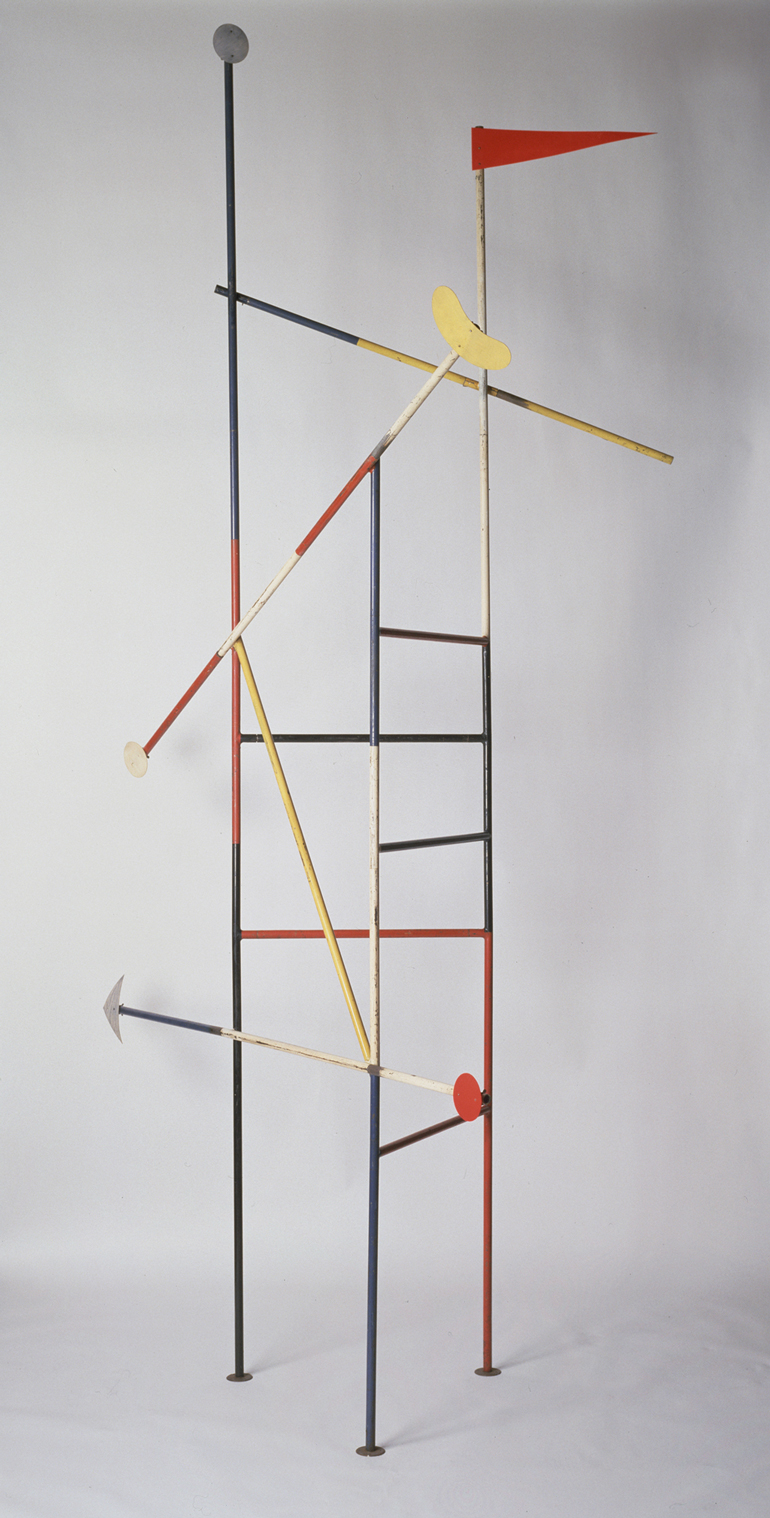Isamu Noguchi’s Creative Playground Designs Exhibit at SFMOMA

From innovative jungle gyms to experimental ideas utilizing piled earth, Isamu Noguchi’s forays into playground design were varied and forward-thinking. Providing a careful look at these explorations is an exhibition at the San Francisco Museum of Art, “Noguchi’s Playscapes,” originally organized by Mexico City’s Museo Tamayo Arte Contemporáneo in collaboration with New York’s Noguchi Museum. For the SFMOMA exhibition, Jennifer Dunlop Fletcher acted as curator. Items on view include painted plaster maquettes of play equipment, wood models of playground designs, sketches, and images of children playing on realized work. “The exhibition includes not only works designated as play structures, but also works that influenced his outdoor play pieces, such as set props for dances, abstract works on paper, and designs for memorials,” Dunlop Fletcher writes.

Included is a bronze model for an unrealized New York playground proposal that included no equipment, only sculpted earth to function as slides and play sites. “Imagine experiencing this in an urban environment in 1941!” Dunlop Fletcher writes. Although Noguchi’s playground designs were often met with rejection during his lifetime, a few examples of impact should be noted. In his only fully-realized design, Atlanta’s Piedmont Park features his boldly colored play equipment alongside a spiral tower, both evocative of earlier designs. Legacy of his vision can also be found in New York’s Rainey Park, where colorful mounds serve as supports that slides cascade down. That playground is blocks from the Noguchi Museum, where an exhibition currently examines his time at the Poston War Relocation Center. Included in that show is his unrealized design for recreation areas at the internment camp, further fodder for examining the legacy of the sculptor’s vision, both built and not.

“Noguchi’s Playscapes” is on view at the San Francisco Museum of Modern Art until November 26, 2017.
“Self-Interned, 1942: Noguchi in Poston War Relocation Center” is on view at the Noguchi Museum in New York until January 21, 2018.





